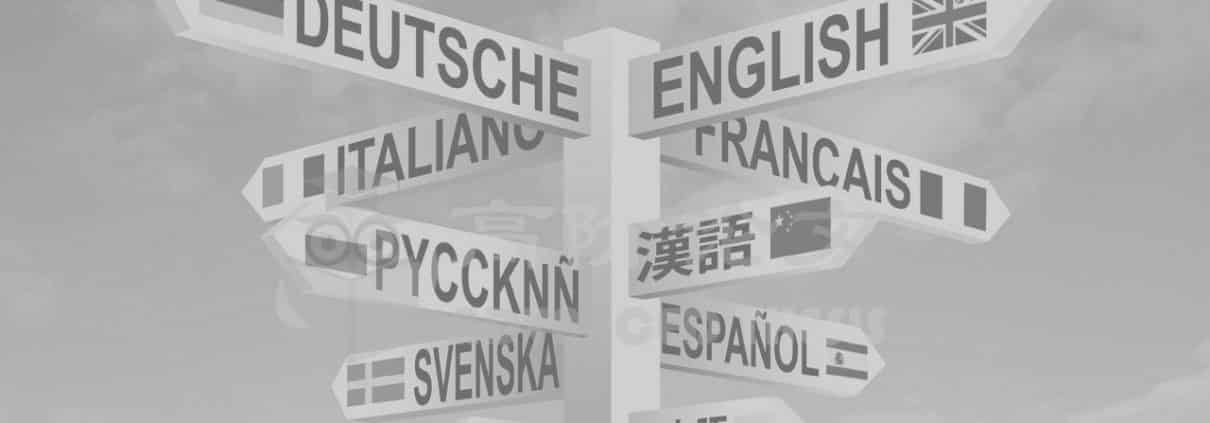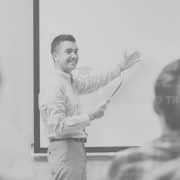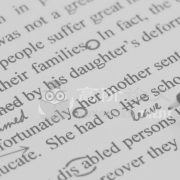論文代寫:實現遠景的過程
論文代寫:實現遠景的過程
當一個組織實體走向最終狀態時,它必須以一種能夠使自己適應其目標的方式前進。實體將有一個遠景,並將採取一系列步驟來實現遠景。它可能需要在某些步驟中進行調整,可能需要重複自己,或者根據必須實現的目標進行調整和創新(Kezar, 2001)。 “因此,發展過程包括目標擬訂、執行、評價和修改的重複次序。志趣相投的個人或組織努力成為單一的集體實體。因此,問題是為什麼在第一種情況下有組織?(Zeepedia, 2016) 。與生命週期理論不同,目的論沒有規定一系列的狀態。事實上,根據他們的理論,沒有一種狀態可以達到任何東西;終點是由一系列狀態達到的,這些狀態可以是不同的,也可以是自適應的。該理論的缺點是,它將無法顯示組織軌跡將如何發展(Van de Ven, & Sun, 2011)。
這裡應用目的論理論可以說Openhium確實是在一個國家應該採取適應性措施,要么關閉它的一些分支的形式被非生產性或創建一個策略,將有助於它的非生產性單位更有效率。辯證理論基於衝突(Spender, 1996)。組織實體被認為是一個多元的世界,其中有許多衝突和衝突的力量(Nonaka, & Toyama, 2002)。有內部衝突和對立,也有外部衝突。根據辯證理論,穩定和變化只有在衝突或對立實體的背景下才能發生和更好地理解(Astley, & Van de Ven, 1983)。改進的鬥爭將產生一個穩定的組織發展。例如,訂閱主題(a)的實體可能會受到具有對偶(Not-A)的對立實體的挑戰,衝突的解決會產生綜合(Not-A)。隨著時間的推移,隨著辯證過程的繼續,這種綜合可以成為新的論題。就其本質而言,合成是一個既偏離正題又偏離反題的結構”(Van de Ven, & Poole, 1995, p. 517)。
論文代寫:實現遠景的過程
An organizational entity when it moves towards the end state must proceed in such a way that it is able to adapt itself towards its goal. The entity would have a vision and would take a series of steps in order to reach the vision. It might have to adjust in some steps and might have to repeat itself or might have to adapt and innovate according to the goals that have to be met (Kezar, 2001). “Therefore development process entails the repetitive sequence of goal formulation, implementation, evaluation and modification of goals. Individuals or organizations who are sufficiently like-minded strive to act as a single collective entity. Therefore, the question is why to have organization in the first case? Its answers lie in the fact that it isthe commonality and convergence of purpose which binds individuals and organizations” (Zeepedia, 2016). The teleological theory unlike the lifecycle theory does not prescribe a series of states. In fact, according to their theory, the there is no one state to reach anything; the end point is reached by a series of states which can be different and adaptive. The cons of this theory are that it will not be able to show how the organizational trajectory will progress (Van de Ven, & Sun, 2011).
Applying the teleological theory here it can be said that Openhium is indeed in a state where it should take adaptive steps, either in the form of closing some of its branches which are being non-productive or creating a strategy that will help it to make the nonproductive units more productive.Dialectical theory is based on conflicts (Spender, 1996). The organizational entity is considered as being in a pluralistic world where there are many conflicts and colliding forces (Nonaka, & Toyama, 2002).There are both internal conflicts and oppositions and then there are external ones. According to the dialectical theory stability and change can happen and be better understood only in the context of a conflict or an opposing entity (Astley, & Van de Ven, 1983). Struggles for betterment will produce an organizational development that is stable. “For example, an entity subscribing to a thesis (A) may be challenged by an opposing entity with an antithesis (Not-A), and there solution of the conflict produces synthesis (which is NotNot-A).Overtime, this synthesis can become the new thesis as the dialectical process continues. By its very nature, the synthesis is an construction that departs from both the thesis and antithesis” (Van de Ven, & Poole, 1995, p. 517).








